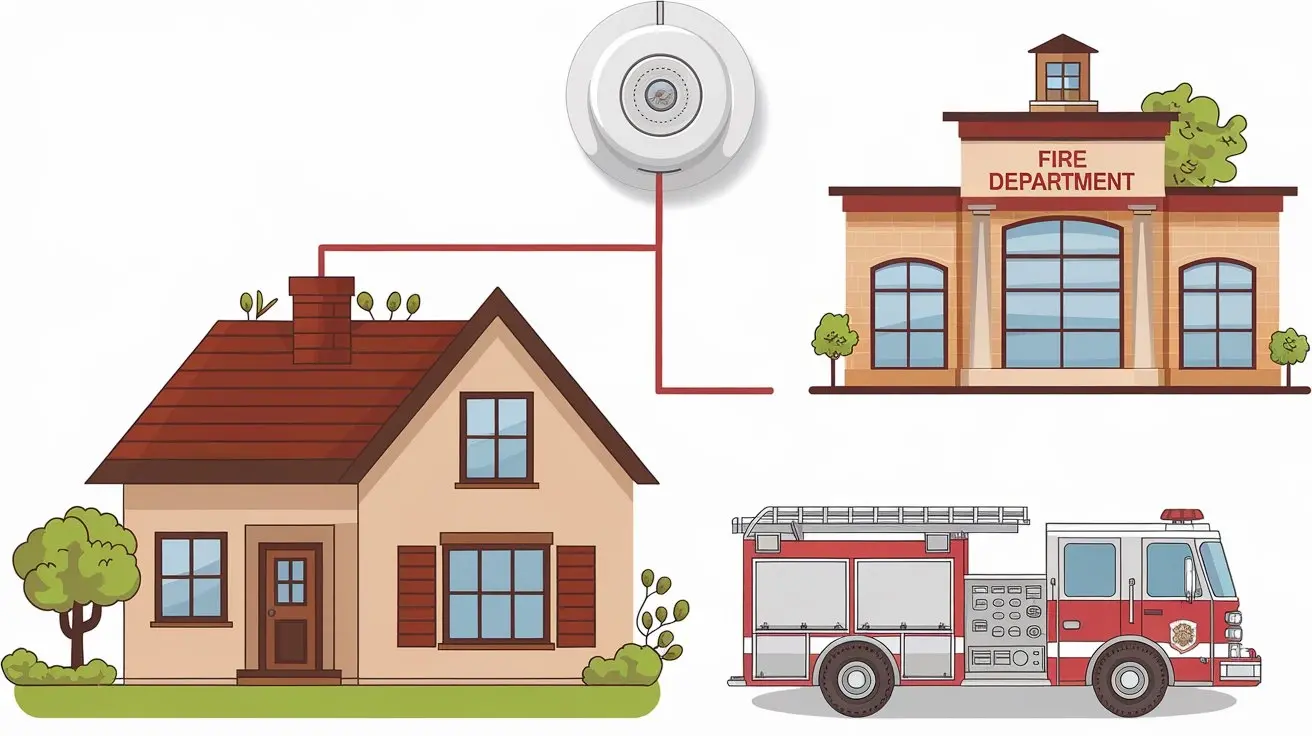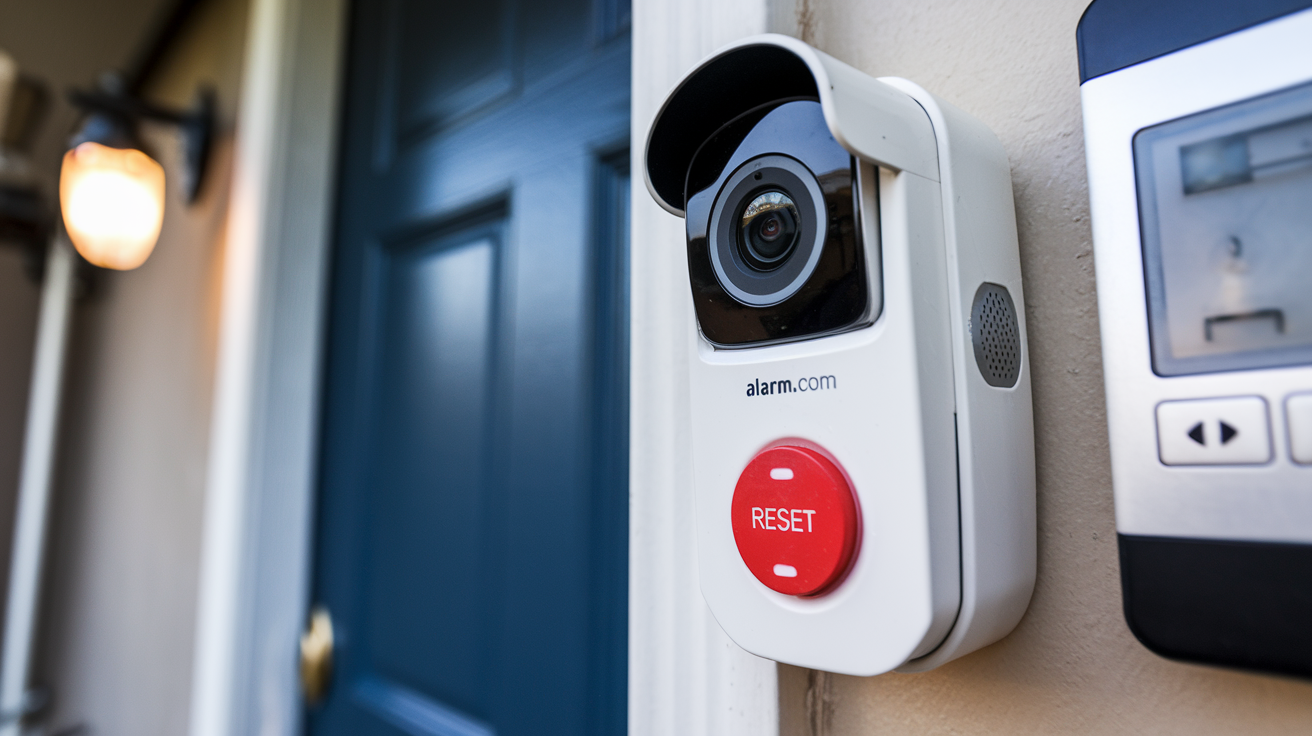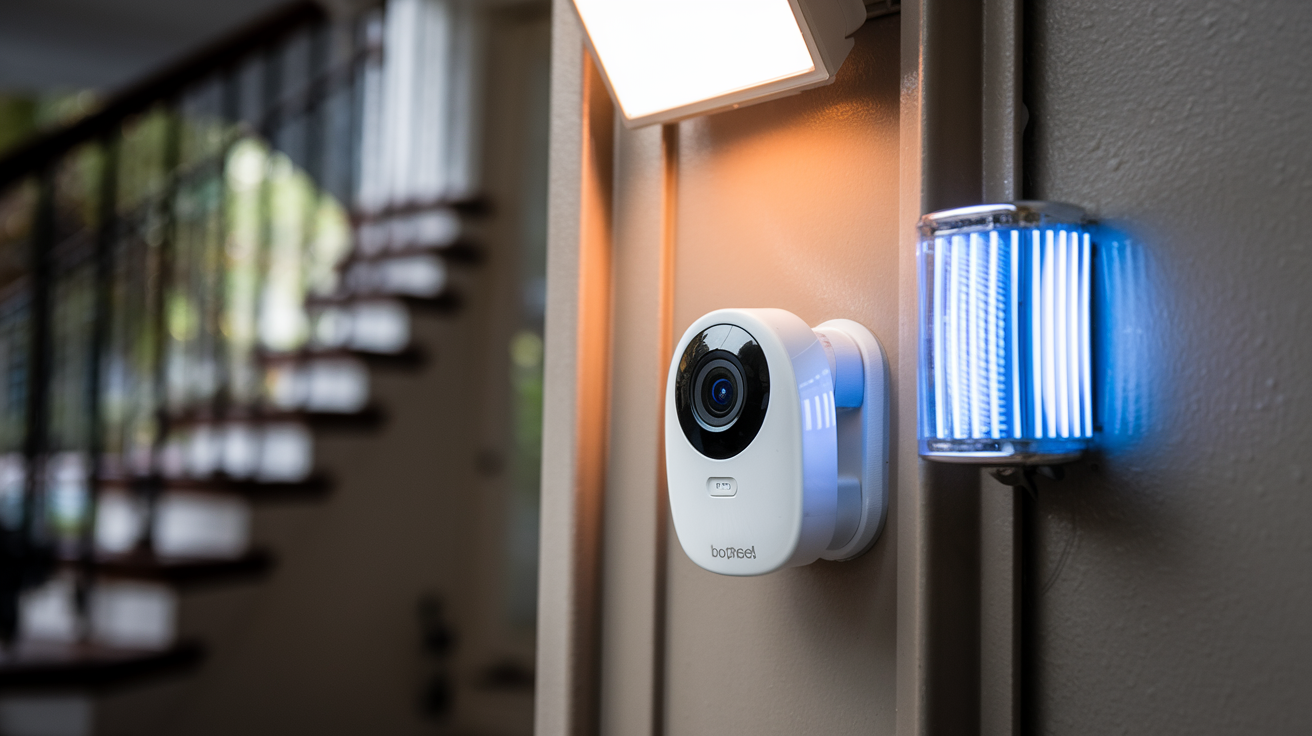Everyone has heard that home fire alarms are among the most important elements of security in the house. The smoke and fire are detected and a loud alarm tone is produced which informs the occupants of the danger and gives them time to flee. This can teach the difference between life and death. It is only human to ask – if my home alarm is triggered, does that mean the fire department will be informed? In other words, is my home smoke detector directly linked to the local firefighters? This is a question every homeowner should want to know.
How do Smoke and Fire Alarms in Homes Function?
All the home fire and smoke Home Security Systems that are currently integrated into contemporary houses and apartments are not connected to the fire department or any other emergency facility. Instead, they are independent appliances whose purpose is to identify smoke and fire in the house, as well as produce an internal noise to wake the dwellers. They can start from a small simple battery-operated smoke detector up to an 1120-volt interconnected multi-room alarm that sounds once the one that detected the danger sounds. But the alarms themselves only ring inside the home, not outside to the emergency services personnel. The responsibility shifts to the residents who are now awake to either call the fire department from inside the house or if one needs to evacuate, they do it safely.
That needs a call from either the occupants of the home or neighbors who are awake and see smoke and fire coming from the home. While many commercial buildings or even apartments have burglar alarms that in turn alert a monitoring company to call the fire department, most houses – especially single-family homes – do not.
Why Homes Don’t Use Home Alarms To The Fire Department?
With the current technology, it would be possible to have the fire and smoke alarms get in touch with the emergency services on their own. However, several reasons prevent this from being practical for most homes:
Expense – Making it mandatory for monitored alarm systems in every private residence would come at a cost including the monthly monitoring fees. This could potentially be a strain on many households in terms of cost.
False alarms - With simple smoke detectors, for example, the alarm can sound at the most unexpected time, for instance, when cooking fumes activate them. Supposing, each of these brought out a fire truck, one could imagine how stretched the resources would be. Others put up with false alarms and may end up disregarding real alarms altogether in case there are many false alarms. Direct monitoring would amplify the amount of time spent on false signals.
Hard to Implement - It would also be almost impossible to install new integrated alarm systems in old homes and neighborhoods as opposed to keeping each home as a self-contained unit.
Personal Responsibility Instead
Instead of linking home-based alarms directly with the emergency dispatching service, society relies on the conscience to call for help whenever required. Owners willingly and rightfully take up this responsibility in return for the privilege of having complete control over their houses. If alarms are sounding but the residents are oblivious or unable to dial a phone on their own, the hope shifts to other residents within earshot of loud alarms deciding to get up and call on the stricken individuals’ behalf.
Thus, although technical capacity for monitored fire alarm systems in private homes is possible, the cost and complexity of the system result in reliance on personal responsibility in communities. This shifts responsibility to the homeowner and conscientious neighbors, to respond immediately when any home’s smoke or fire alarms go off. A lot of people have been given because other plausible people called the emergency responders once alerted by the home alarms. Therefore, if you have a fire at your home, let all the people in the house learn how to call for emergency services during the evacuation drill. While constructing a building, authorities make it mandatory to install fire alarms, however, only human intervention can call the fire trucks to your place.
Assessing the Merits and Demerits of Direct Monitoring
It is of course possible that there are advantages in linking all home fire alarm systems with the emergency dispatch centres as in the commercial buildings. Faster alerting of fire departments and potentially greater response times that can result in saving lives and properties are even possible. However, it is also important to look into the drawbacks that come with cost, privacy, and false dispatches as seen above. People can discuss the advantages and disadvantages of making monitored alarm systems mandatory in communities. Each local community arrives at its conclusions about how to go about implementing fire safety codes for homes.
At the moment homeowners can choose to install monitored security systems on their own if they want to. This enables choice while at the same time not making expensive mandatory for all. BHoweverit is still an ongoing theme for research and review. New ways of living could one day need monitored homes, but the status quo will probably continue to persist in the short and medium run. The National Fire Protection Association and other such bodies provide inputs to the codes governing fire safety for residential units, keeping in mind the advantages, disadvantages, costs, and feasibility of integrating new technologies. For those who want more assurance, they can look up ways in which they can install monitoring systems, although these remain optional due to constraints.
How to Ensure Fire Safety Without Monitoring?
Even though home fire alarms are currently still intentionally not connected to the automatic fire department calls, this does not mean that households have to be endangered. In addition to having working smoke detectors, families can and should take other important measures to prevent and survive fires. Fire escape plans, emergency announcement plans, fire ladders, fire quenchers, and fast evacuations are the saviors of life. Listening to emergency scanner traffic or subscribing to community alert notifications is also another way of getting early information. Besides home fire detectors and alarms, it means shared information, supportive neighbors, and communities that look after each other. A combination of well-coordinated human actions supporting the alarms remains crucial.
Conclusion
Today’s home fire and smoke alarms operate as a fundamental sensory system that allows identifying threats and waking people up to emergencies within the premises of their homes so that they can run away. However, these alarm systems are now developed as internal warning systems not so much as to immediately alert the first responders. The responsibility and expectation instead lie with awoken and evacuated persons to dial 911 if fire danger is present or if their home is actively on fire requiring the fire department. Neighbors also bring support through community watch and make emergency calls in case of clear smoke or flames on each other’s compounds. Although this capability is present, the current model prevents residents from becoming overly reliant on technology when alarms go off, instead of expecting technology to call for help on their behalf. Fire alarms promptly followed by appropriate human action remain the most effective home fire protection technique. Home-based protection is supported by the advanced preparation and cooperation of communities. This is a balanced approach in terms of priorities, costs, and capabilities that are targeted at saving lives and property from the risks associated with home fires.
Protect your home today with ADT’s top-rated security solutions!
Call now at +1 877-470-7879 to get a free consultation and find out how you can secure your home with the best in the business. Don’t wait—ensure your peace of mind with ADT!







